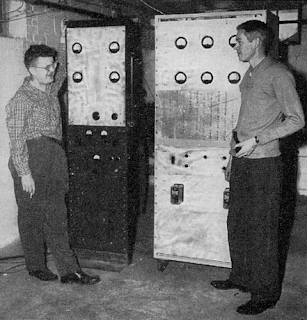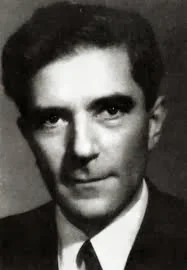Thanks to Bob Crane for this birthday alert:
The
Arecibo Observatory opened on this date in 1963. At a diameter of
a thousand feet, it's the largest single-aperture telescope ever built. It's
also got the largest focusing dish in the world, which gathers electromagnetic
waves from space. Located near the city of Arecibo in Puerto Rico, it's close to
the equator, which enables it to "see" (via radio waves) all the planets in the
solar system; within six months of its opening, it enabled scientists to study
the rotation rate of Mercury and determine that it rotated every 59 days, rather
than 88 as was previously thought. It's also been used for military purposes
like locating Soviet radar installations by tracking their signals as they were
reflected off the moon. It's provided the first full imaging of an asteroid and
also led to the first discovery of planets outside our solar system.
In 1999, it began collecting data for the SETI
Institute; SETI stands for "search for extraterrestrial intelligence," and the
organization looks for deliberate radio or optical signals from other planets.
The Arecibo Observatory also sends data over broadband to the home and office
computers of 250,000 volunteers, who, through the Einstein@Home program, donate
their computers to be used for data analysis during periods when they would
otherwise be idle. A year ago, three such volunteers in Iowa and Germany
discovered a previously unknown pulsar, 17,000 light years from
Earth.
Our book: "SolderSmoke -- Global Adventures in Wireless Electronics"
http://soldersmoke.com/book.htm
Our coffee mugs, T-Shirts, bumper stickers:
http://www.cafepress.com/SolderSmoke
Our Book Store:
http://astore.amazon.com/contracross-20
























.jpg)












